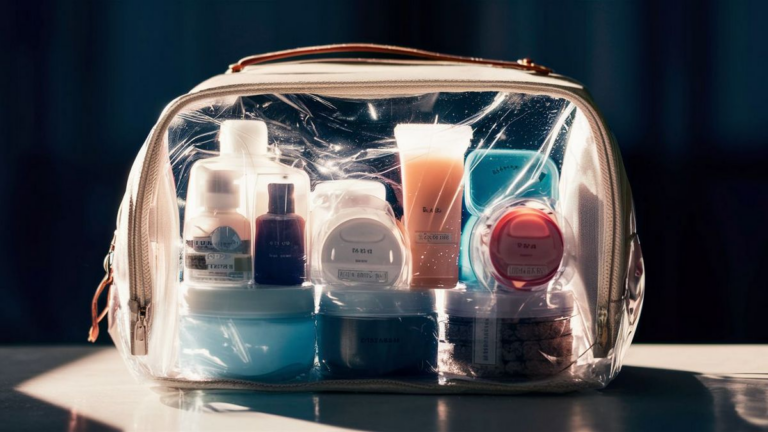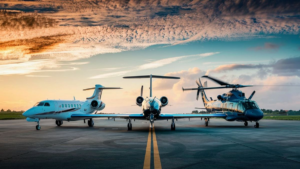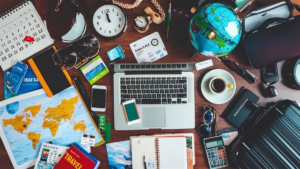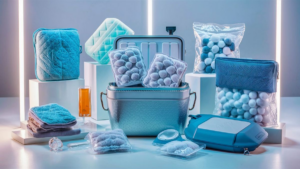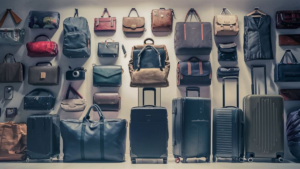When it comes to traveling by air, understanding the restrictions on the amount of liquid you can carry is essential for a smooth journey through airport security. In this article, we will delve into the regulations surrounding the quantity of ounces you can bring on a plane and provide you with all the necessary information to ensure compliance with airline guidelines.
Understanding TSA Guidelines
The Transportation Security Administration (TSA) is responsible for enforcing security measures at airports across the United States. To maintain safety standards, the TSA has established rules regarding the amount of liquids, gels, and aerosols that passengers can bring in their carry-on luggage.
Liquid Limitations
According to TSA regulations, passengers are allowed to bring liquids in containers that are 3.4 ounces (100 milliliters) or less per item. These containers must be placed in a single quart-sized, clear, plastic, zip-top bag. Each traveler is permitted to carry one such bag, which must be presented separately at the security checkpoint for inspection.
Exceptions to the Rule
While the 3.4-ounce limit is the standard guideline for liquids in carry-on baggage, there are exceptions for certain items. Passengers traveling with medications, baby formula, breast milk, and juice for infants or toddlers are allowed to bring these liquids in quantities exceeding 3.4 ounces. However, these items must be declared to the TSA officer during the security screening process.
Special Considerations
It’s important to note that the restrictions on liquids apply to items carried in carry-on bags. Passengers are permitted to pack larger quantities of liquids, such as shampoo, conditioner, or beverages, in their checked luggage. However, it’s advisable to secure these items properly to prevent leakage during transit.
International Travel
When traveling internationally, passengers should be aware that different countries may have their own regulations regarding the transportation of liquids on airplanes. It’s essential to research and familiarize yourself with the rules of the destination country to avoid any issues during your journey.
Check with Airlines
While the TSA sets the standard guidelines for liquid restrictions, individual airlines may have additional rules or variations in their policies. Before your flight, we recommend checking with your airline to ensure that you are aware of any specific requirements they may have regarding the transportation of liquids.
Understanding the limitations on the amount of liquid you can bring on a plane is crucial for hassle-free travel. By adhering to TSA regulations and being aware of any additional guidelines from your airline or destination country, you can ensure a smooth and stress-free experience at the airport.
Frequently Asked Questions
Below are some common questions regarding liquid restrictions and air travel:
| Question | Answer |
|---|---|
| Can I bring an empty water bottle through security? | Yes, passengers can bring empty water bottles through security and refill them at water fountains or designated refill stations beyond the security checkpoint. |
| Are there any restrictions on duty-free liquids purchased at the airport? | Passengers are generally allowed to carry duty-free liquids purchased at the airport in their carry-on bags, but they must be placed in a security tamper-evident bag provided by the retailer and accompanied by a receipt. |
| Can I bring frozen liquids through security? | Frozen liquids, such as ice packs or frozen gel packs used to keep perishable items cold, are permitted through security as long as they are frozen solid when presented for inspection. |
These are just a few examples of frequently asked questions related to liquid restrictions and air travel. If you have specific inquiries, it’s recommended to contact your airline or the TSA directly for clarification.
See also:

